We all desire clear and blemish-free skin, but for many individuals, acne is a common concern that can affect their self-esteem and overall well-being. Acne can appear on various parts of the body, but in this article, we will focus specifically on face acne. Face acne mapping, also known as face mapping or facial zone analysis, is an ancient practice that associates acne breakouts with specific areas of the face and underlying health issues. In this comprehensive guide, we will explore the concept of face acne mapping, understand its relationship with internal health, delve into the causes of acne on different facial zones, and provide effective treatments and prevention strategies.
What is Face Acne Mapping?
Face acne mapping is a holistic approach to understanding acne breakouts based on their specific locations on the face. According to traditional Chinese medicine and Ayurveda, different areas of the face correspond to specific organs or bodily systems. By analyzing the location of acne, practitioners believe they can identify potential internal imbalances or health issues.
The Relationship Between Face Acne and Internal Health
Acne breakouts on specific facial zones can indicate underlying health problems. For instance, forehead acne is often associated with digestive issues, while nose acne may be linked to cardiovascular health. Cheek acne can be influenced by respiratory health, and chin and jawline acne might be related to hormonal imbalances. By paying attention to these patterns, we can gain valuable insights into our overall well-being.
Understanding Acne on Different Facial Zones
- Forehead Acne
Forehead acne is commonly associated with digestive issues, including poor diet, food intolerances, or imbalances in gut health. It can also be aggravated by stress, inadequate sleep, and the use of certain hair products.
- Nose Acne
Acne on the nose may suggest potential cardiovascular issues or high blood pressure. Additionally, it can be triggered by excess oil production, poor hygiene, or the presence of blackheads and whiteheads.
- Cheek Acne
Cheek acne can be influenced by respiratory health, particularly allergies, smoking, or exposure to environmental pollutants. Poor cell phone hygiene, dirty pillowcases, and excessive touching of the face can also contribute to cheek breakouts.
- Chin and Jawline Acne
Hormonal imbalances, particularly during menstrual cycles or due to conditions like polycystic ovary syndrome (PCOS), can result in chin and jawline acne. Other factors such as stress, poor diet, and certain medications can worsen the condition.
Treating and Preventing Face Acne
To effectively treat and prevent face acne, a holistic approach encompassing lifestyle changes, skincare routines, diet modifications, and professional treatments can be adopted.
Lifestyle Changes for Healthy Skin
Maintaining a healthy lifestyle plays a crucial role in managing face acne. Managing stress levels, getting sufficient sleep, and exercising regularly can help reduce acne breakouts. Avoiding touching the face frequently, using clean pillowcases, and keeping cell phones clean can also prevent bacterial buildup.
Skincare Routine for Acne-Prone Skin
Establishing a proper skincare routine is essential for managing face acne. Using gentle cleansers, non-comedogenic moisturizers, and oil-free sunscreen can help keep the skin clean and hydrated. Incorporating acne-fighting ingredients like salicylic acid or benzoyl peroxide can target existing acne and prevent new breakouts.
Diet and Nutrition for Clear Skin
Maintaining a healthy diet is vital for promoting clear skin. Consuming a balanced diet rich in fruits, vegetables, lean proteins, and whole grains can support skin health. Additionally, avoiding processed foods, sugary snacks, and dairy products may help reduce acne flare-ups.
Professional Treatments for Face Acne
In more severe cases of face acne, professional treatments can provide effective solutions. Dermatologists may recommend procedures such as chemical peels, laser therapy, or microdermabrasion to treat acne and improve skin texture. In certain instances, prescription medications like topical retinoids or oral antibiotics may be prescribed.
Conclusion
Face acne mapping offers a unique perspective on the causes and treatments of acne breakouts. By understanding the relationship between acne and internal health, we can take a more holistic approach to managing this common skin condition. Through lifestyle changes, appropriate skincare routines, dietary adjustments, and professional treatments, individuals can achieve clearer and healthier skin. Remember, consistency and patience are key when dealing with face acne, and it is always advisable to consult a dermatologist for personalized advice.

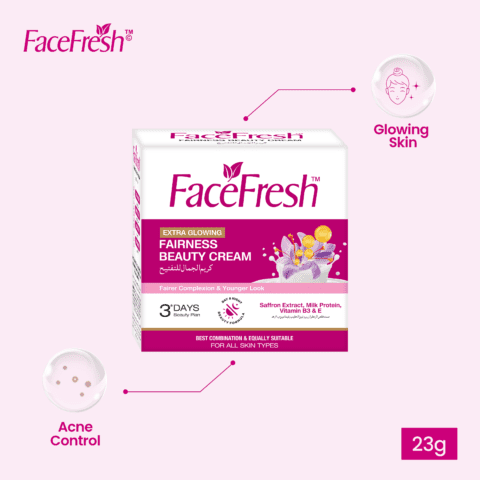
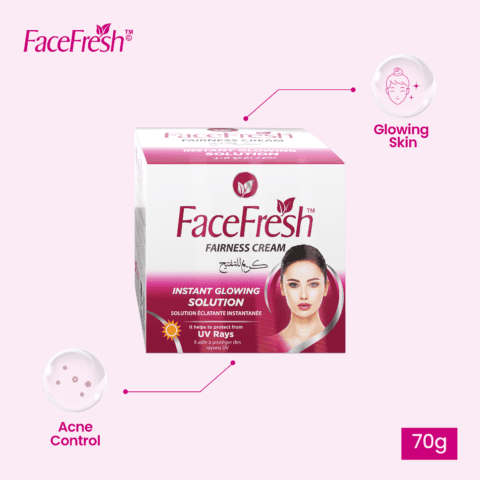
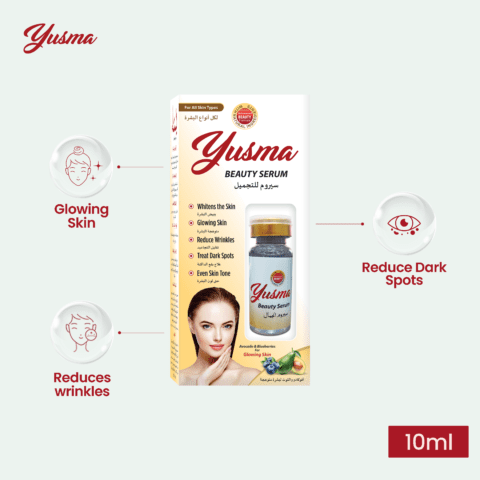
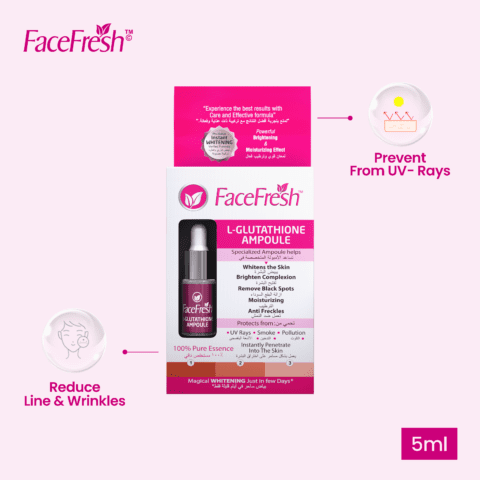

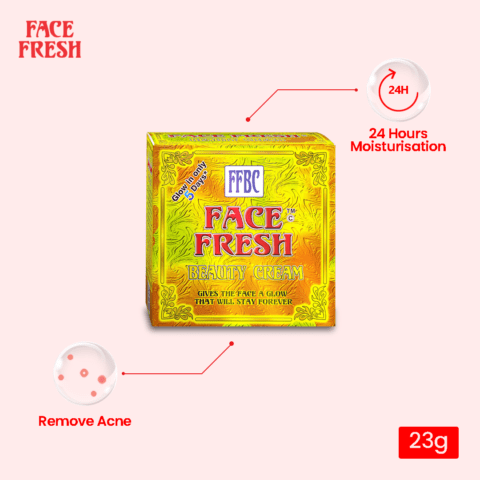

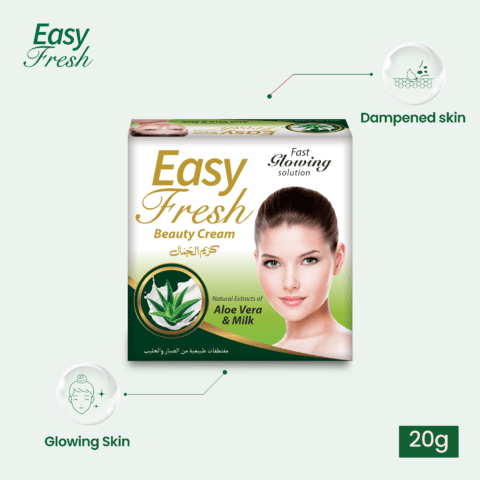
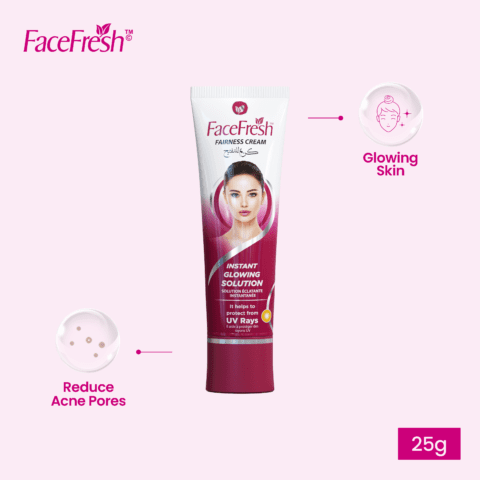

Leave a comment
Your email address will not be published. Required fields are marked *